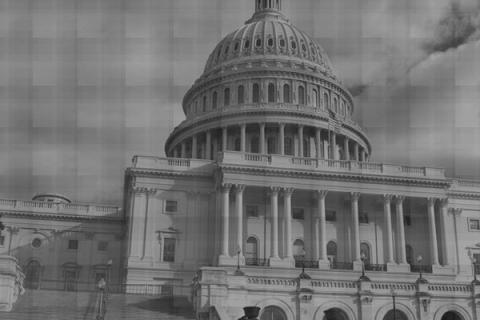In January 2002, detentions at Bagram Air Force base in Afghanistan began. With a reputation worse than Guantanamo Bay, President Obama continues to oversee its operations. Today, the number of detainees at Bagram has climbed to 800, a number greater than its better known Cuba counterpart at its height. The fact is, while the number at Guantanamo diminishes slowly, the number of detainees held at other “black sites” increases, most notably at Bagram.
In 2005, the Washington Post reported that covert prison systems set up by the CIA (at least since 9/11) have, at various times, “included sites in eight countries, including Thailand, Afghanistan and several democracies in Eastern Europe,” and of course, Cuba. Although host countries have signed the U.N. Convention Against Torture and Other Cruel, Inhuman or Degrading Treatment or Punishment (as has the US), “overseas sites are permitted to use the CIA approved ‘Enhanced Interrogation Techniques,’ some of which are prohibited by the U.N. convention and by U.S. military law.”
These “black sites,” as they are referred to in “classified White House, CIA, Justice Department and congressional documents,” are not only located in various countries but contain detainees from around the world as well. Many are detained for reasons other than armed conflict. In the case of Amin al Bakri (Bagram detainee), petitioners brought this fact to light. The Yemeni citizen “was captured in Bangkok, Thailand, while on trip there in December 2002” and taken to Bagram, Afghanistan. Although the US Justice Department called these allegations “immaterial,” the fact continues to disturb many conscientious Americans (Article 3 of the UN Convention against Torture prohibits a person to be transferred to another state when there are “substantial grounds for believing that he would be in danger of being subjected to torture”).
Over a year ago, President Obama signed three executive orders to combat detention violations carried out by U.S. agencies, which have received critical international attention for quite some time. Ultimately, these orders were to close Guantanamo Bay within a year, end the use of secret detention and torture, and review “lawful options” available to the U.S. government.
Today there remain hundreds of detainees held a boat’s ride from the Florida coast, secret torture is still making headline news, and the review of “lawful options” seems to only provide legal justification of various interrogation techniques. For instance, John Yoo claims to have “helped save his [Obama’s] presidency” with the justifications he provided for the Bush administration (Yoo was recently found innocent of “professional misconduct” charges).
The individual examples of torture at Bagram and other “black sites” are too numerous to take into account here. But, let us examine two. First, a graphic example as described by Amnesty International (i.e. one of the two deaths that drew world attention to Bagram in 2002):
Dilawar, a taxi driver, was kept chained to the ceiling of his cell for much of a four-day period, hooded for most if not all of the time… He was physically assaulted during interrogation. He was estimated in one 24-hour period to have been struck over 100 times with blows to the side of the leg just above the knee. His legs, according to one coroner, “had basically been pulpified”. The coroner who conducted the autopsy later stated that she had “seen similar injuries in an individual run over by a bus”.
Little has changed since 2002. From October 2007 to September 2008 Jawed Ahmad, a journalist for Canadian Television (CTV) News, was detained in Bagram. He was 22 years old. Subject to over 100 interrogations, torture began upon his arrival at Bagram with standing barefoot in the snow for six hours, followed by isolation for 18 days. The months to follow involved sleep deprivation, violent beatings and exposure to extreme cold. He was accused of working with the Taliban while professionally meeting with a public affairs official.
A.I. also reminds us that “even child detainees were not spared.” International Justice Network reaffirmed this fact in 2008. Based on a report released from the United Nations Committee on the Rights of the Child, the United States government admitted to holding over 90 children in Afghanistan (10 in Bagram). In November 2009, A.I. reported Bagram holds “about 5” juveniles, according to a rare interview with Brigadier General Mark Martin. This practice is in violation of international law.
Oddly enough, in a recent interview, President Obama said, “We have to acknowledge that those past human rights abuses existed”. “We can't go forward without looking backwards . . .” A few months ago, Secretary of State Hillary Clinton assured the world that “ commitment to human rights starts with universal standards and with holding everyone accountable to those standards, including ourselves… When injustice anywhere is ignored, justice everywhere is denied.”
Lovely words, yet in light of the facts, questions remain. As a world superpower at war, are we truly demonstrating what our leaders proclaim, and what many citizens take for granted? The few who refuse to take for granted our stated altruism and commitment to human rights do, at times, cry out for justice.
With GITMO, for example, these cries helped bring the Cuban prison—and torture itself— to public attention. But are we winning the fight against one torture prison while others abound?
For many, Bagram seems to affirm this frightening conclusion.
